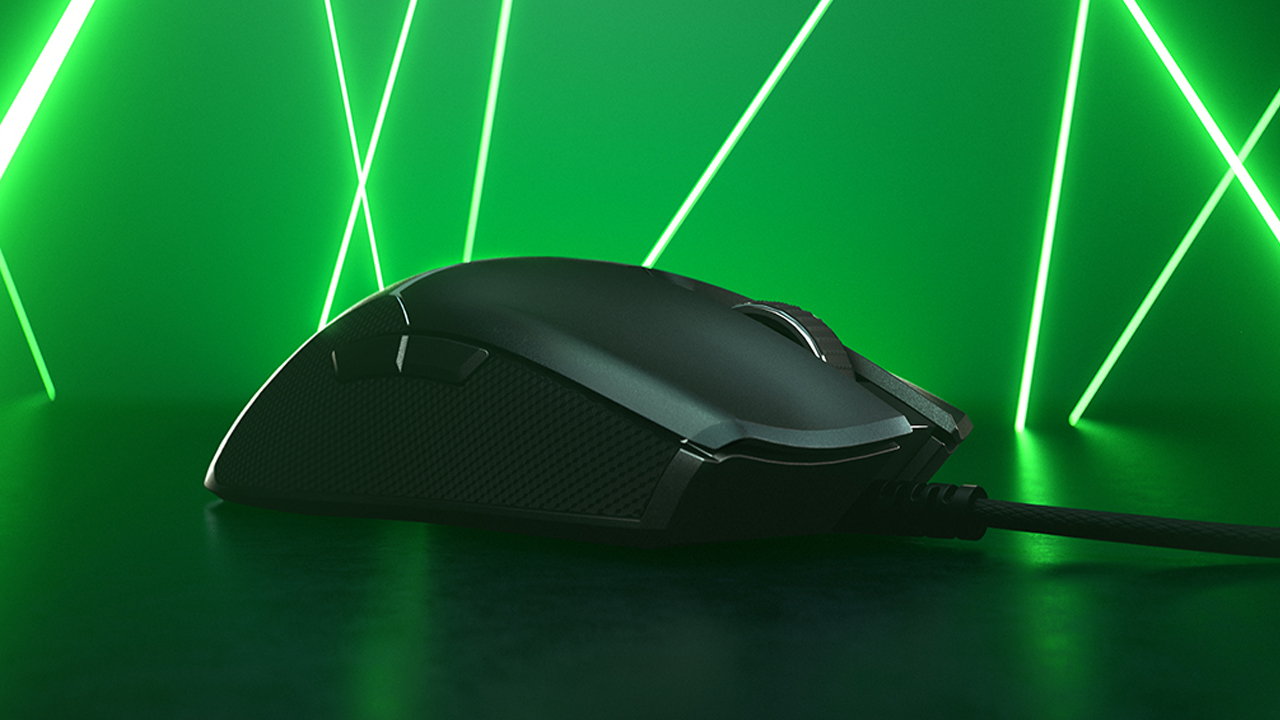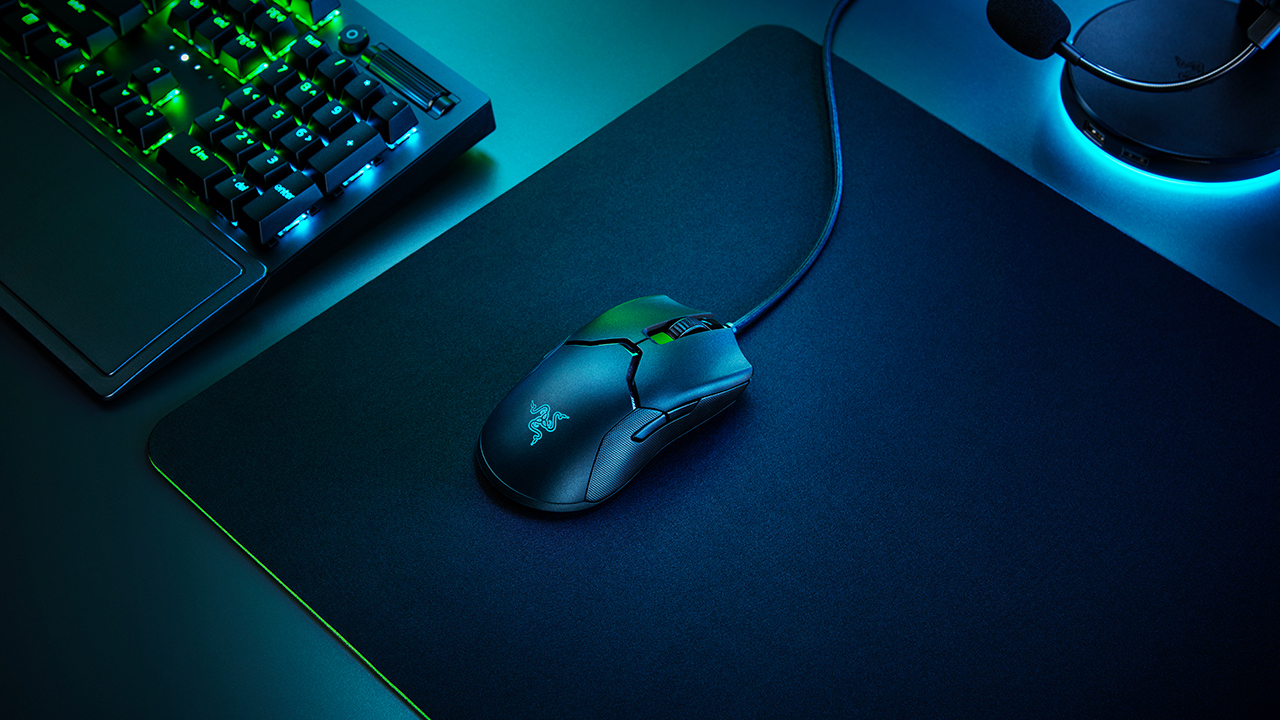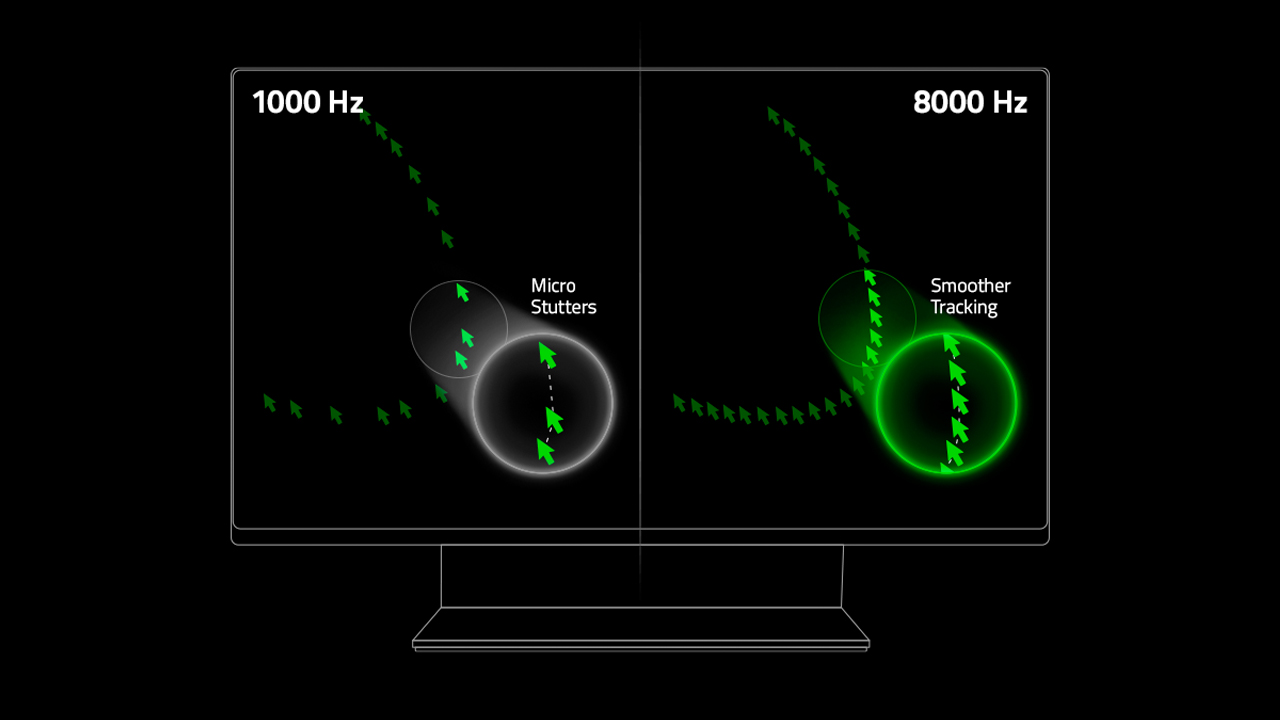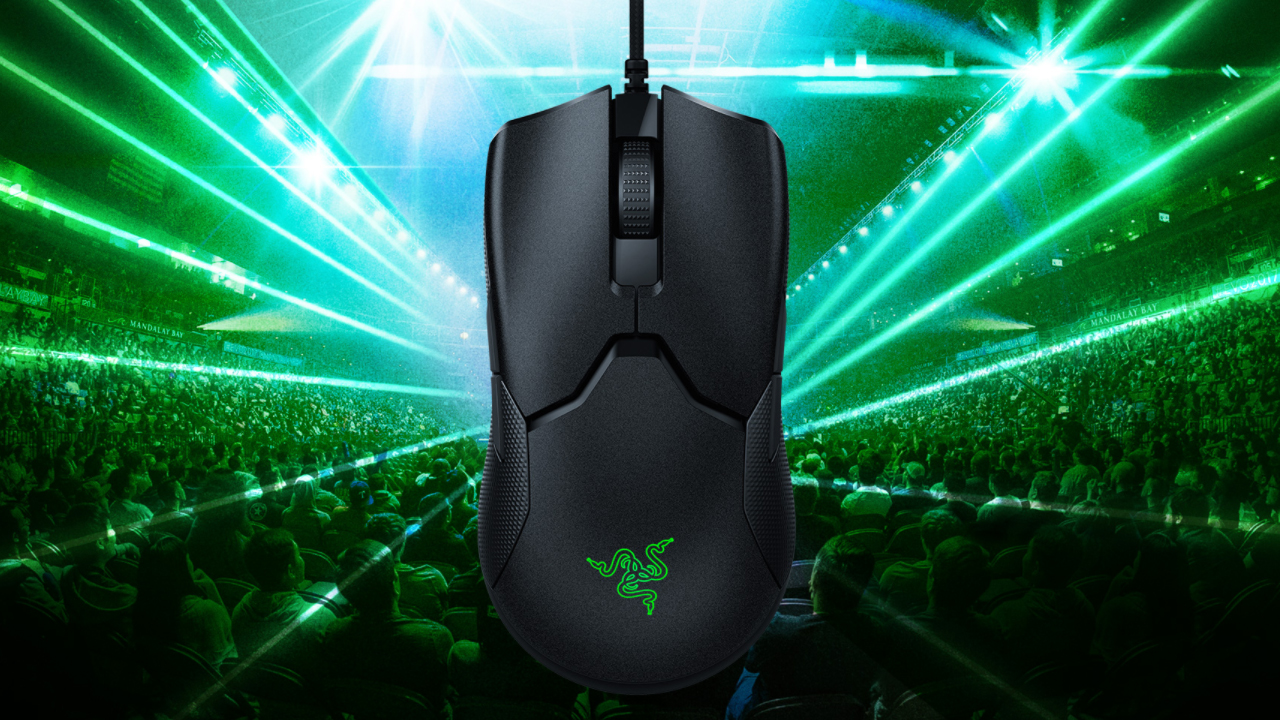GamesRadar+ Verdict
The Razer Viper 8K Hz will make a big difference for those who demand the best, and it's the king of mice when it comes to shooters.
Pros
- +
Blindingly fast
- +
8,000Hz polling rate
- +
Ambidextrous shape
- +
20,000 DPI
- +
A more satisfying click
Cons
- -
Awkward DPI button placement
- -
Requires 144+Hz screens
Why you can trust GamesRadar+
You may be struck with a sense of deja vu when it comes to the Razer Viper 8K Hz. Haven't we been here before? On the surface, very little seems to have changed; for starters, it looks almost identical to 2019's Razer Viper. However, those doubts melt away once you hook it up to one of the best gaming monitors.
The Razer Viper 8K Hz claims to be "the world's fastest gaming mouse", and it has the data to back that up. Namely, it's eight times quicker than the competition.
Features

Price: $79.99 / £79.99
Form factor: Ambidextrous
Connectivity: Wired (Speedflex)
Buttons: 8
DPI: 20,000
IPS: Up to 650 per second
Polling rate: 8,000Hz
Sensor: Razer Optical Focus+
Switches: Razer Optical (2nd gen)
Feet: 100% PTFE
Weight: 2.5oz (71g)
Tested on a Razer Blade 15 Advanced (2020) laptop
Powered by Razer's own 'Hyperpolling Technology', the Viper 8K aims to lower latency well below what we're used to. In fact, it offers a polling rate of 8,000Hz - significantly beyond the industry average of 1,000Hz. To translate, this removes cursor stutter on displays with a higher refresh rate by telling your PC or laptop where the cursor is more frequently. In fact, Razer suggests that the 8K reduces input delay from 1ms to 1/8th of a millisecond. The gap between your input and movement on-screen becomes much, much smaller as a result.
In addition, the Razer Viper 8K improves on its click-action with 2nd-gen optical switches. As well as being retooled with a more tactile response, these allow for a click latency of less than 0.125ms and a life expectancy of 70 million clicks in total.
A Focus+ Optical Sensor with 99.6% resolution accuracy and 20,000 DPI rounds out this mouse's feature-set, while its braided Speedflex cable and 100% PTFE feet allow for a smoother glide.
Last but by no means least, the Razer Viper 8K Hz is ambidextrous thanks to a symmetrical design and two thumb buttons on either flank.
Design
The Viper 8K - and the Viper range at large - is unlike any other Razer mouse. Instead of the smooth, continuous shell you'd see on everything from the Razer DeathAdder V2 to the Razer Naga Pro, it opts for a segmented look that's more industrial. Thanks to the deep groove running through its middle, it feels like the peripheral equivalent of an F1 car too. This means the Viper 8K won't be to everyone's taste, but you can't knock Razer for playing it safe.
Particularly because it's more subdued. The Razer logo sits beneath a layer of plastic and is the only splash of RGB on the entire product, so the Viper 8K gives off a focused air.

That emphasis on peak performance is mirrored by the grips on each side. Made up of tiny rubber hexagons, they stop the mouse from flying out of your grip during a particularly intense match. On much the same note, the DPI button has been relegated to the device's underside in an attempt to avoid accidental presses.
In short, this will be your jam if you prefer something subtle and lacking in excess. Competitive players, form an orderly queue.
Performance
Much like its predecessors (including the Razer Viper Ultimate and the Razer Viper Mini), the Viper 8K handles exceedingly well. At just 2.5oz (71g) and thanks to its streamlined casing, this is a mouse with nothing holding it back. Almost literally - the Speedflex cable and 100% PTFE feet allow it to glide beautifully across any mat.
In addition, it feels as fast as ever. Those improved optical switches are some of the best in the business, and that added tactile feedback makes clicks more satisfying than before. Similarly, the inches-per-second score of 650 rather than 450 (and a DPI bump from 16,000 to 20,000) will be appreciated by those who want to future-proof themselves. A 20K sensor is way above what the majority of us need, of course, but it's a cool addition nonetheless that brings this Viper in line with other Razer brands.
Still, that's not what the Razer Viper 8K Hz is about. Not really. Instead, it's looking to the future. Monitor refresh rates are creeping up with every passing year, and the 8K is there to meet them on their terms. Even though its improved performance won't be noticeable for many of us at first glance (and is invisible on any screen with less than 144Hz), it'll make a difference for esports players who demand the best.
Simply put, the 8K's cursor movement is smoother and more responsive than any other mouse you could care to name - so long as you're using it on a display with 144Hz and above. In fact, the disparity between this and a 1,000Hz pointer is stark.

That 8,000Hz polling rate makes a tremendous difference in-game, too. Weapon movement is noticeably crisper in the likes of Apex Legends, and this allowed me to pull off precision shots with much more ease. I actually set up a 1K Hz mouse alongside the 8K, and it felt weirdly choppy by comparison. It was still fine in the grand scheme of things, but I only realized how much cursor stutter affects performance when I was hopping from one device to the other. It feels as if you're fighting with those older mice, whereas the 8K removes barriers you may not have realized were there in the first place.
Everyone can use it, too. Much like the older models, this Viper is cleverly put together so that the unneeded side buttons won't be accidentally hit during play (the same is true of having the DPI button on the underside of the mouse, which is a decision I'm not a fan of but I understand the logic behind it).
Although I'd prefer it if the buttons not in use could be disabled via a simple press - as per the Corsair M55 RGB Pro - it's not a problem in most cases. As such, this could be a strong contender for the crown of best left-handed gaming mouse.
Overall - should you buy it?
The Razer Viper 8K Hz is a speed demon. Don't get me wrong; we're talking fractions of a second here, and most of us won't see a huge difference compared to previous editions. It isn't going to offer any benefit if you've got an older monitor, either. But it's a big deal for those who want to squeeze every last millisecond of speed from their gear. There's a reassuring feeling about your mouse being the fastest one out there, too.
For that reason, it's comfortably the best gaming mouse for shooters right now. And because the 8K costs the same amount as the standard Viper, you may as well get this one instead if you're choosing between the two. There really is no downside.

I've been writing about games in one form or another since 2012, and now manage GamesRadar+'s tabletop gaming and toy coverage. You'll find my grubby paws on everything from board game reviews to the latest Lego news.




